Naryn Region, At-Bashy Village, Salymbekov Street, 2 At-Bashinsk Anti-Plague Station of the Ministry of Health
Coordinates: 41.165434, 75.802440
In the Naryn region, four sites were identified from previous inventories, and one additional site was indicated by territorial representatives of the State Inspectorate for Environmental and Technical Safety (Burial sites in the Kochkor district). One site had incorrect coordinates, located in a mountainous area without access for vehicles. In total, five sites were surveyed. The road to the burial sites in the Kochkor district is absent, but it is possible to drive a high-clearance vehicle almost to the burial site. The remaining 1.5 kilometers had to be walked.
At the former Raiselekhim warehouse, 4 km from the city of Naryn, 250 m from the settlement and 300 m from the Naryn River, there are 6 warehouses. Of these, one warehouse contains pesticide residues. The roof of the warehouse is permeable, and the doors do not lock. The warehouse is partially destroyed, and the packaging of pesticides is completely ruined. The area is fenced.
The former collective farm pesticide warehouse in the village of Tendik is completely destroyed, no traces of pesticides were found, but a sharp smell is present, possibly indicating soil contamination. During the previous inventory, it was noted that "there is neither smell nor traces on the soil." At the At-Bashy anti-plague station, there are two containers with outdated pesticides (DDT) and contaminated soil. Unlike the warehouse in Balykchy, these warehouses are not sealed but are locked. The warehouse with contaminated soil also stores pesticides currently used for rodent control (carriers of the plague). Thus, personnel have access to the warehouse with contaminated DDT soil, and the pesticides in use are stored in the same room as the DDT waste. A sharp smell is present on the territory, presumably indicating soil contamination at the repackaging site.
The waste passport is absent. The workers at the anti-plague station do not consider DDT as waste and foresee the possibility of its use in case of a malaria epidemic or sale. It is also necessary to seal the warehouses to exclude personnel access to hazardous waste, develop a waste passport, conduct explanatory work, and provide safety training.
The total amount of pesticides (excluding the burial site) requiring repackaging and storage is over 3 cubic meters, in addition to a large amount of contaminated dust/soil/construction debris (the exact amount is currently undetermined, presumably over 30 cubic meters).
Nine burial sites with DDT were discovered in Oroo-Bashy, Kochkor district. The burial occurred in the 1970s. According to various sources, the burial took place in 1973 and 1978. Also, according to various data, the burial sites contain between 270 and 800 tons of DDT over 0.8 hectares.
In 2019, a local resident reported to the territorial department of the inspection for environmental and technical safety about excavations by local residents at the DDT burial site. A directive was issued to the village council to fill the pit. These works were carried out (photos attached), but during the inventory, fresh excavations were again discovered. Some bags of DDT were damaged, and some were removed. Thus, there is uncontrolled use of hazardous waste (DDT), which in turn increases the risk to health and the environment. According to local residents, the smell is particularly noticeable after rains when washed-out pesticides enter the canal from which residents of nearby villages take irrigation water. To prevent further theft of DDT, it is urgently necessary to repack the DDT and contaminated soil. Proper security must be ensured until these hazardous wastes can be disposed of in an environmentally safe manner. Repackaging should be accompanied by a Risk Management Plan, development of an Environmental Impact Assessment (EIA), obtaining a positive conclusion from the state environmental expertise, and developing a waste passport, along with conducting explanatory work with local government employees and the territorial department of the State Inspectorate for Environmental and Technical Safety.
Various data on the amount of buried DDT and the time of burial also require detailed study of archival data. It is necessary to ensure that the same site is described and not two completely different burials in one area.
To date, despite the abundance of previously conducted projects on the inventory of outdated pesticides, contrary to national legislation:
• there are no laboratory data bases on the composition of waste;
• there are no waste passports;
• regular monitoring of the condition of outdated pesticide waste is not conducted (only within the framework of international projects);
• there is no executive authority responsible for the storage and disposal of waste;
• laboratories have insufficient capacity to conduct analyses on outdated pesticides, including POPs;
• there is no information on the composition of outdated pesticides in the inspecting authorities;
• additional research is required on the owners of some warehouses/land where points with outdated pesticides are located;
• training for local government employees and inspecting and controlling authorities is necessary;
• responsibility for improper handling of hazardous waste needs to be tightened.
Conclusions
In accordance with the Stockholm Convention on POPs (Article 6 (d) (ii)), POPs-containing waste must be destroyed. To find environmentally acceptable methods for the disposal of outdated pesticides, the exact composition of the waste is necessary. To achieve this, it is essential to address the issue of equipping laboratories, training personnel, and obtaining accreditation in accordance with GOST ISO/IEC 17025-2019.
In addition, it is necessary to continuously monitor the condition of points contaminated with outdated pesticides and to repack and place the waste in a temporary storage warehouse that meets national legislation requirements. Repackaging, construction of a temporary storage warehouse, and disposal must be accompanied by an EIA procedure and obtaining a positive conclusion from the state environmental expertise. For all waste, the owner must present waste passports and obtain permits for the storage of hazardous waste.
The process of storing and disposing of hazardous waste must be under the control of environmental inspection authorities.
To do this, it is necessary to initiate the process of maximum legalization of the data obtained from the inventory.
Previous inventories did not serve as a basis for creating a monitoring system for the management of outdated pesticides. As a result, a large volume of uncontrolled hazardous waste has become a threat to the environment, life, and health of the population living near the points of placement of outdated pesticides.
Full report on the inventory of outdated pesticides (OP) in Chuy, Talas, Naryn, Issyk-Kul, Jalal-Abad, Osh, and Batken regions
There is a residential house 50 meters from the warehouse with DDT, a large livestock market is located 100-150 m away, and the At-Bashy River flows 200 m away. The warehouse has ventilation, concrete floors, which are partially contaminated. The warehouse door has a lower threshold, complicating access. Warehouse dimensions: 20 x 7 m. Two containers with pesticides and contaminated soil are present, and a sharp smell is observed at the repackaging site. Outdated pesticides (DDT): 16,800 kg, contaminated soil – 3,850 kg, empty containers - 43 pcs.
In the Naryn region, four sites were identified from previous inventories, and one additional site was indicated by territorial representatives of the State Inspectorate for Environmental and Technical Safety (Burial sites in the Kochkor district). One site had incorrect coordinates, located in a mountainous area without access for vehicles. In total, five sites were surveyed. The road to the burial sites in the Kochkor district is absent, but it is possible to drive a high-clearance vehicle almost to the burial site. The remaining 1.5 kilometers had to be walked.
At the former Raiselekhim warehouse, 4 km from the city of Naryn, 250 m from the settlement and 300 m from the Naryn River, there are 6 warehouses. Of these, one warehouse contains pesticide residues. The roof of the warehouse is permeable, and the doors do not lock. The warehouse is partially destroyed, and the packaging of pesticides is completely ruined. The area is fenced.
The former collective farm pesticide warehouse in the village of Tendik is completely destroyed, no traces of pesticides were found, but a sharp smell is present, possibly indicating soil contamination. During the previous inventory, it was noted that "there is neither smell nor traces on the soil." At the At-Bashy anti-plague station, there are two containers with outdated pesticides (DDT) and contaminated soil. Unlike the warehouse in Balykchy, these warehouses are not sealed but are locked. The warehouse with contaminated soil also stores pesticides currently used for rodent control (carriers of the plague). Thus, personnel have access to the warehouse with contaminated DDT soil, and the pesticides in use are stored in the same room as the DDT waste. A sharp smell is present on the territory, presumably indicating soil contamination at the repackaging site.
The waste passport is absent. The workers at the anti-plague station do not consider DDT as waste and foresee the possibility of its use in case of a malaria epidemic or sale. It is also necessary to seal the warehouses to exclude personnel access to hazardous waste, develop a waste passport, conduct explanatory work, and provide safety training.
The total amount of pesticides (excluding the burial site) requiring repackaging and storage is over 3 cubic meters, in addition to a large amount of contaminated dust/soil/construction debris (the exact amount is currently undetermined, presumably over 30 cubic meters).
Nine burial sites with DDT were discovered in Oroo-Bashy, Kochkor district. The burial occurred in the 1970s. According to various sources, the burial took place in 1973 and 1978. Also, according to various data, the burial sites contain between 270 and 800 tons of DDT over 0.8 hectares.
In 2019, a local resident reported to the territorial department of the inspection for environmental and technical safety about excavations by local residents at the DDT burial site. A directive was issued to the village council to fill the pit. These works were carried out (photos attached), but during the inventory, fresh excavations were again discovered. Some bags of DDT were damaged, and some were removed. Thus, there is uncontrolled use of hazardous waste (DDT), which in turn increases the risk to health and the environment. According to local residents, the smell is particularly noticeable after rains when washed-out pesticides enter the canal from which residents of nearby villages take irrigation water. To prevent further theft of DDT, it is urgently necessary to repack the DDT and contaminated soil. Proper security must be ensured until these hazardous wastes can be disposed of in an environmentally safe manner. Repackaging should be accompanied by a Risk Management Plan, development of an Environmental Impact Assessment (EIA), obtaining a positive conclusion from the state environmental expertise, and developing a waste passport, along with conducting explanatory work with local government employees and the territorial department of the State Inspectorate for Environmental and Technical Safety.
Various data on the amount of buried DDT and the time of burial also require detailed study of archival data. It is necessary to ensure that the same site is described and not two completely different burials in one area.
To date, despite the abundance of previously conducted projects on the inventory of outdated pesticides, contrary to national legislation:
• there are no laboratory data bases on the composition of waste;
• there are no waste passports;
• regular monitoring of the condition of outdated pesticide waste is not conducted (only within the framework of international projects);
• there is no executive authority responsible for the storage and disposal of waste;
• laboratories have insufficient capacity to conduct analyses on outdated pesticides, including POPs;
• there is no information on the composition of outdated pesticides in the inspecting authorities;
• additional research is required on the owners of some warehouses/land where points with outdated pesticides are located;
• training for local government employees and inspecting and controlling authorities is necessary;
• responsibility for improper handling of hazardous waste needs to be tightened.
Conclusions
In accordance with the Stockholm Convention on POPs (Article 6 (d) (ii)), POPs-containing waste must be destroyed. To find environmentally acceptable methods for the disposal of outdated pesticides, the exact composition of the waste is necessary. To achieve this, it is essential to address the issue of equipping laboratories, training personnel, and obtaining accreditation in accordance with GOST ISO/IEC 17025-2019.
In addition, it is necessary to continuously monitor the condition of points contaminated with outdated pesticides and to repack and place the waste in a temporary storage warehouse that meets national legislation requirements. Repackaging, construction of a temporary storage warehouse, and disposal must be accompanied by an EIA procedure and obtaining a positive conclusion from the state environmental expertise. For all waste, the owner must present waste passports and obtain permits for the storage of hazardous waste.
The process of storing and disposing of hazardous waste must be under the control of environmental inspection authorities.
To do this, it is necessary to initiate the process of maximum legalization of the data obtained from the inventory.
Previous inventories did not serve as a basis for creating a monitoring system for the management of outdated pesticides. As a result, a large volume of uncontrolled hazardous waste has become a threat to the environment, life, and health of the population living near the points of placement of outdated pesticides.
Full report on the inventory of outdated pesticides (OP) in Chuy, Talas, Naryn, Issyk-Kul, Jalal-Abad, Osh, and Batken regions


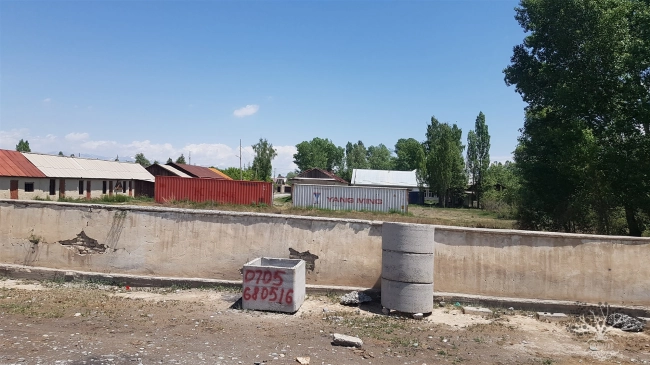
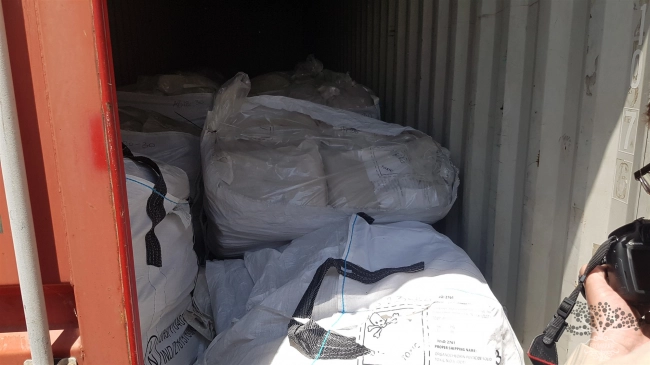
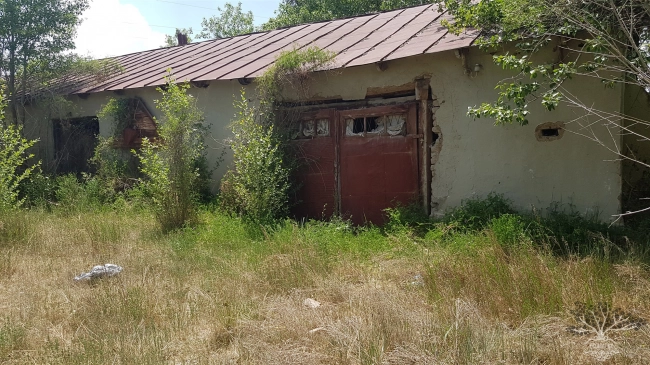
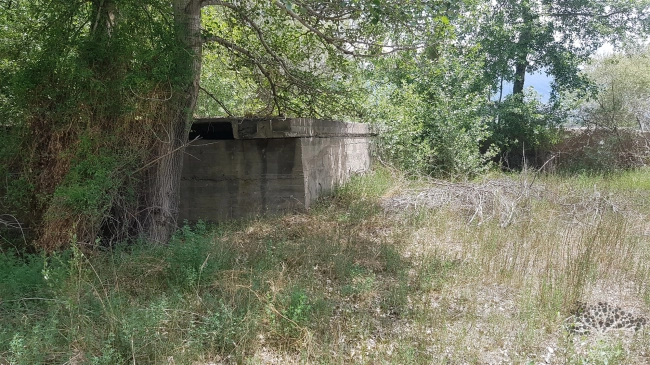
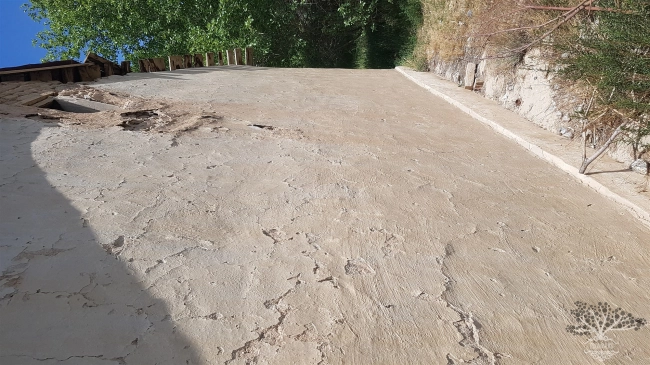
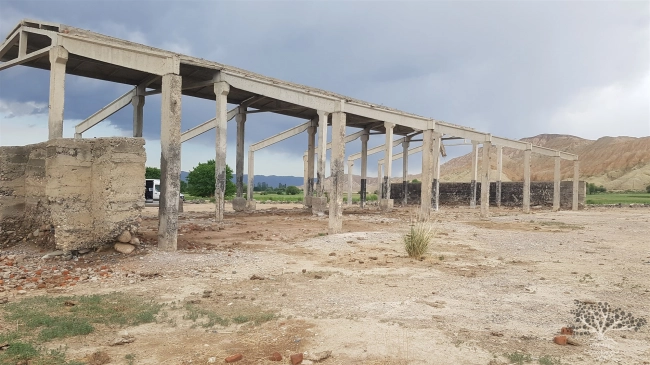
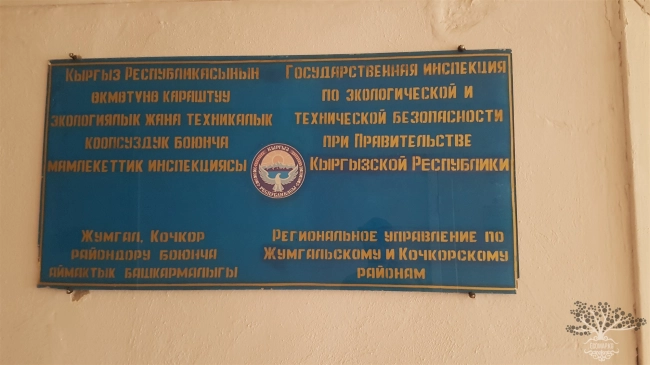
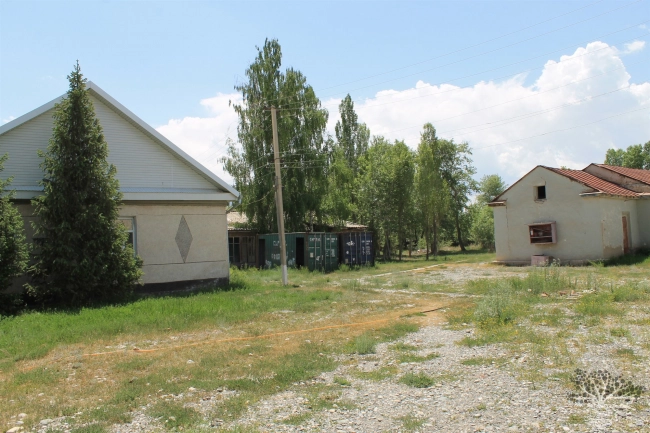
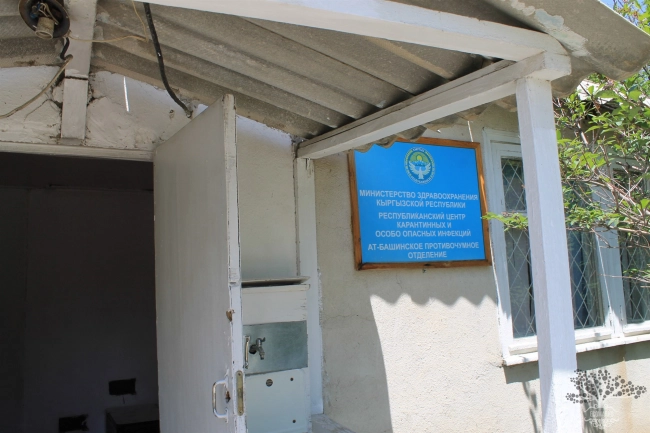
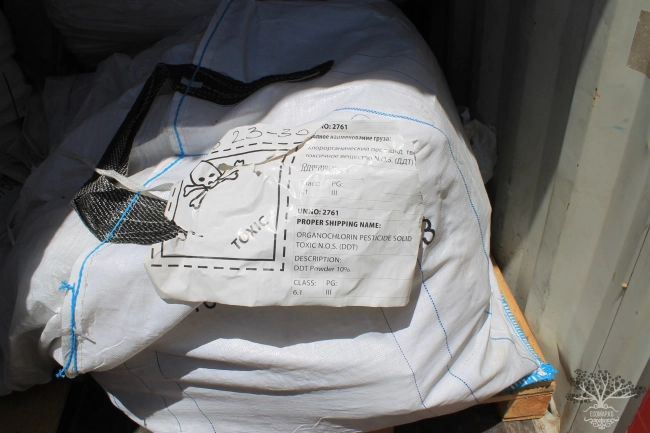
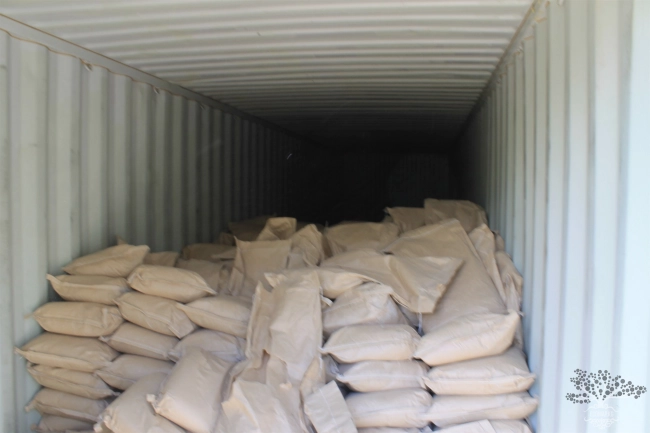

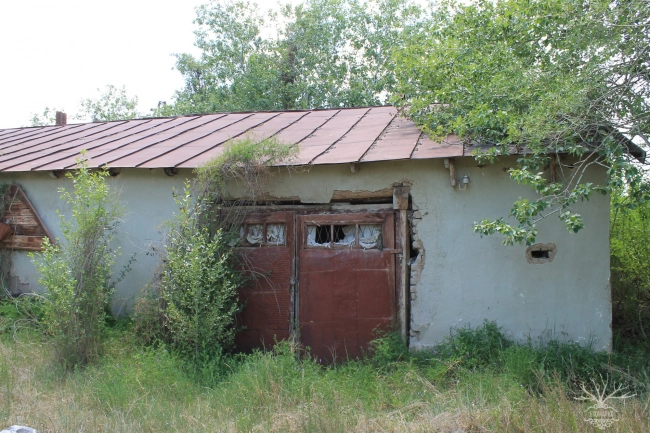
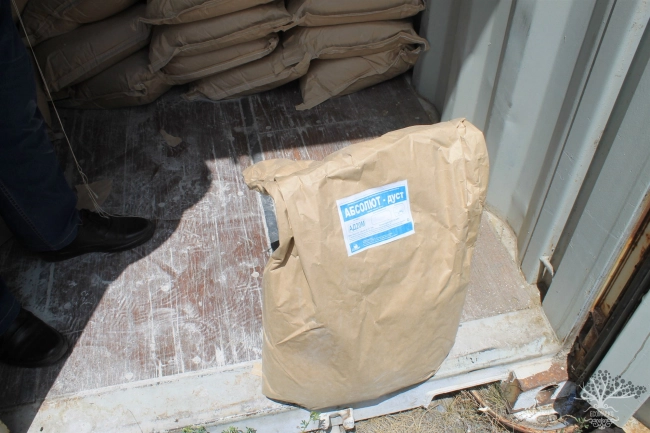
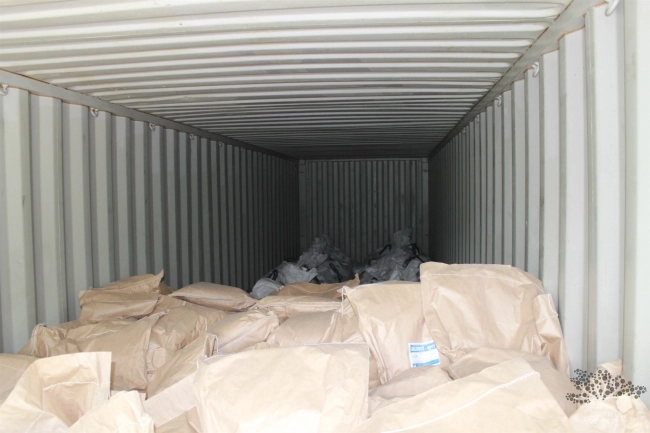

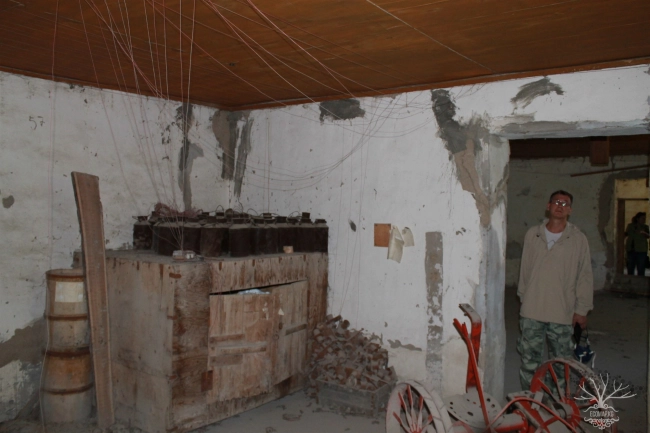
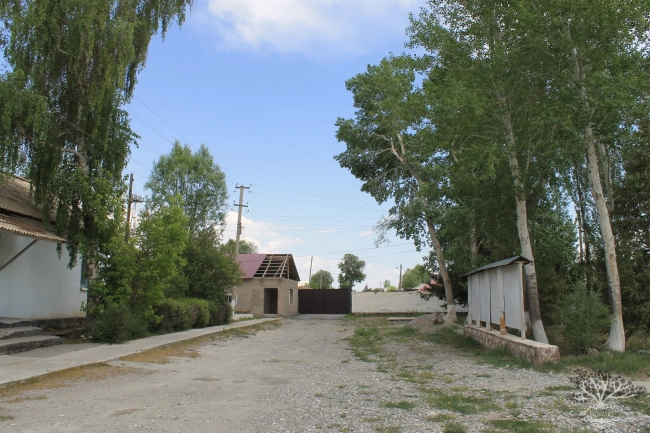


















Attention: Information based on submitted complaints